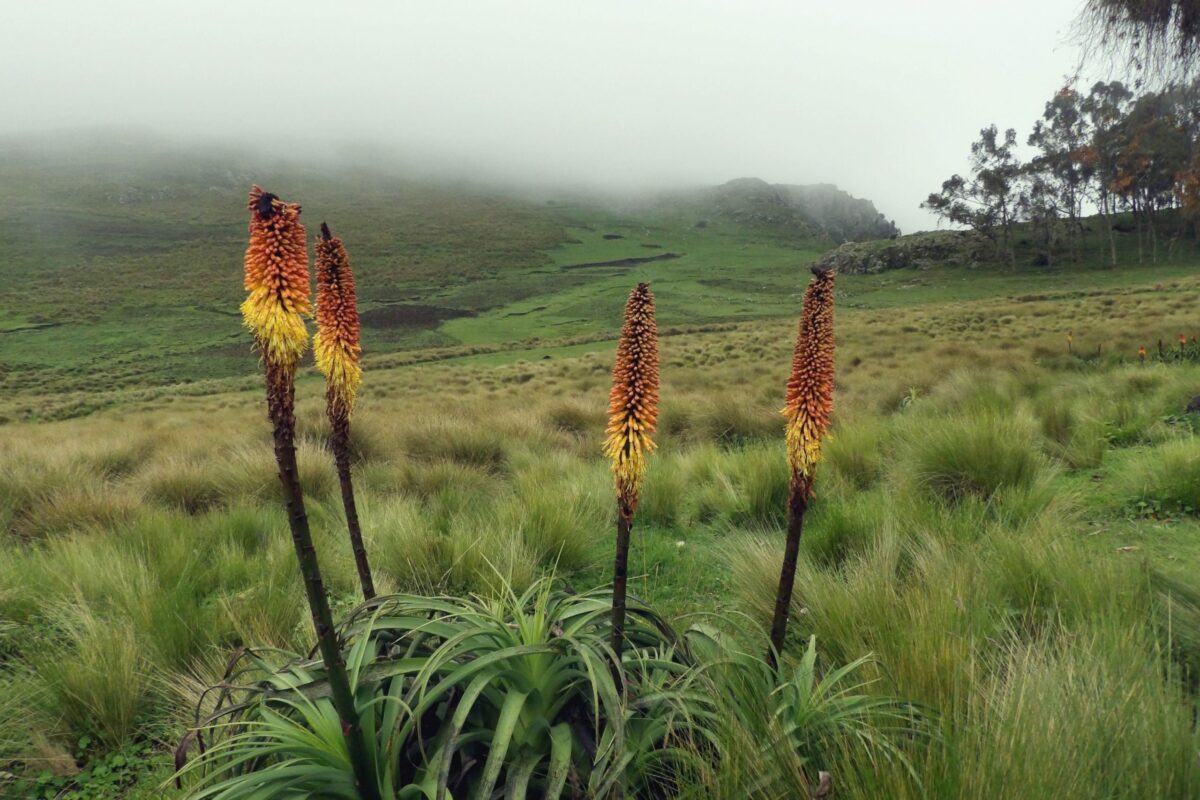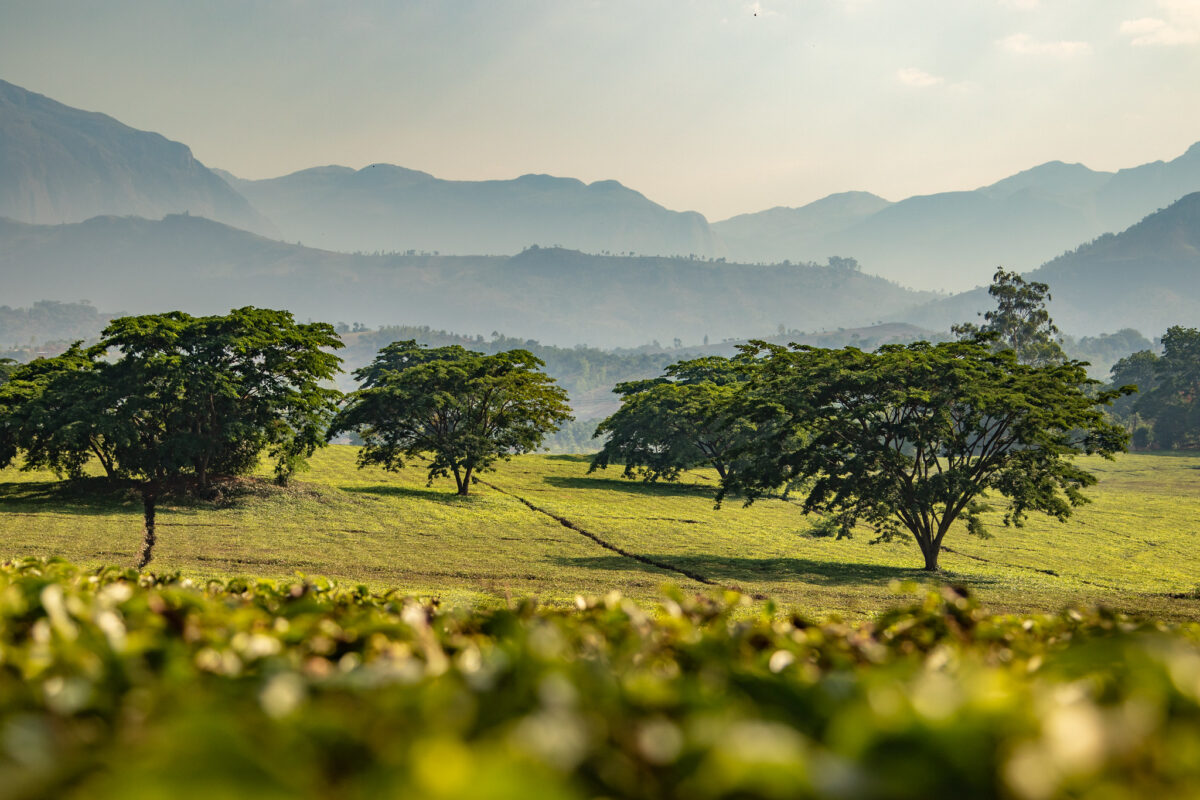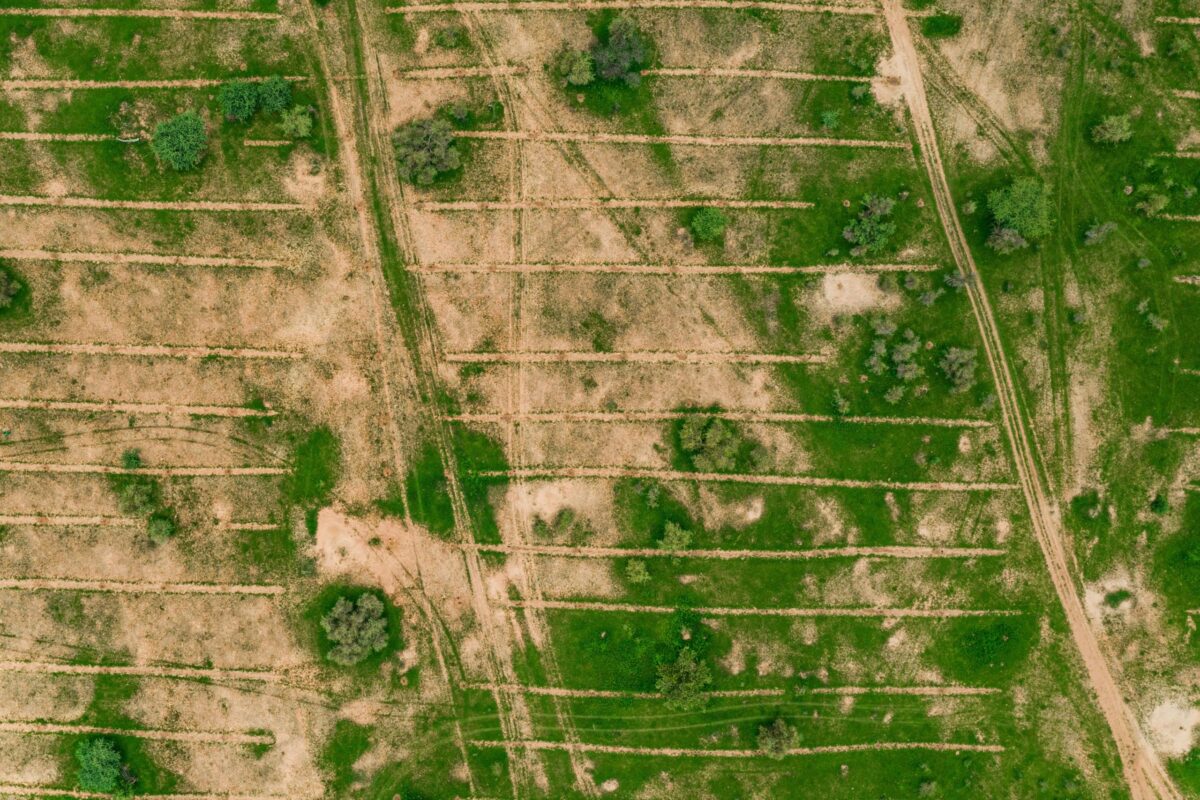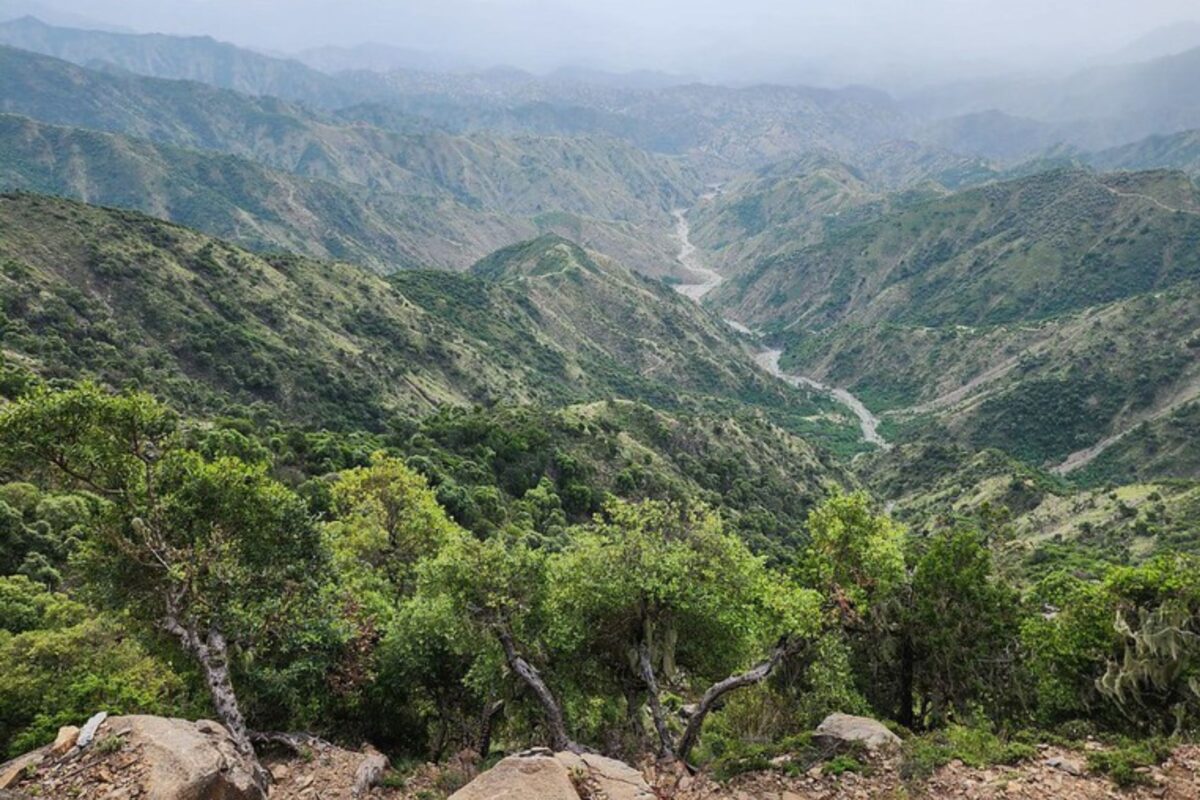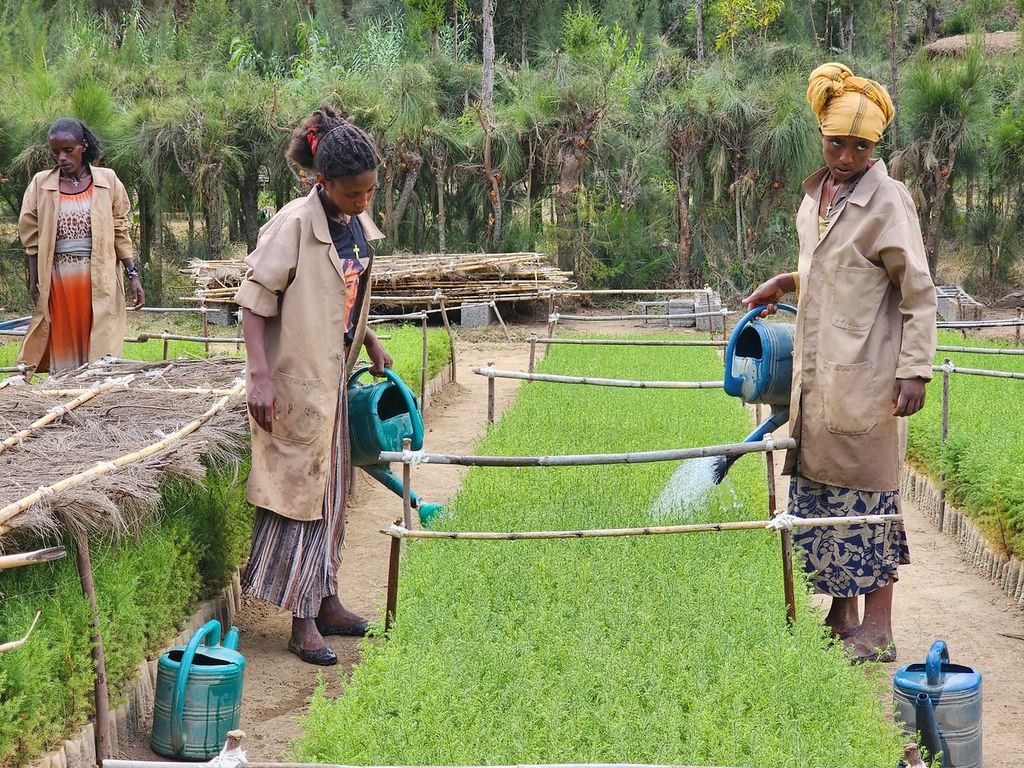What’s more, forests are often used as a ‘safety net’ to deal with shocks. For example, if you are a smallholder farmer and need fast cash – for school fees, if someone gets ill, or if there is a funeral to pay for – resorting to cutting down some of the trees on your farm to produce charcoal is an option for many.
People also rely on forests for food – fruits, nuts and meat – for example in times of crop failure or food shortages. In addition, forests provide a range of other products for use or sale, such as medicinal plants.
Forest degradation also makes communities less resilient. It leads to the degradation of natural resources such as water and fertile soil, loss of income, and makes areas more prone to extreme weather events.
At WeForest, our projects work around the premise that the more resilient families and households are – in other words, how able to recover quickly from difficulties and continue to function in the face of change – the less likely it is that they will resort to cutting down trees.
Restoring a landscape brings change. That’s why there’s a strong link between resilience and Forest and Landscape Restoration. So how do WeForest’s projects support community resilience?
- Our livelihood strategies aim to help farmers diversify their sources of livelihood or income so that they’re not reliant upon single sources – such as charcoal production in Zambia in particular – and are less affected if that source disappears.
- Landscape planning and infrastructure – such as the water harvesting structures we build with the communities in Desa’a, Ethiopia – help cope with droughts and resist desertification.
- Sustainable agricultural practices – such as conservation agriculture and agroforestry – diversify crops, improve soil quality, provide incomes and improve resistance to droughts.
Of course, supporting community resilience is just one piece of the puzzle when it comes to healthy forests. Good governance, law enforcement, and land use planning practices all play a crucial role in ensuring that forests can thrive for generations to come.
If you’re interested in supporting communities in Zambia, Ethiopia or elsewhere, we’d love to hear from you. Contact sponsorship@weforest.org to find out how your business can get involved. Together, we can build a more resilient future for people and forests alike.


